Clam
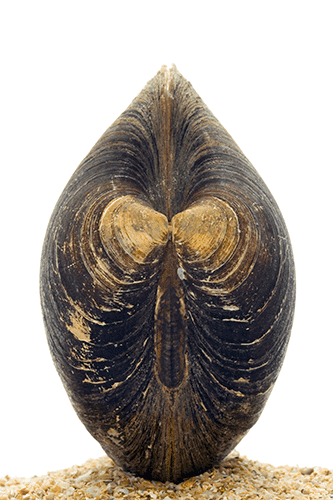
The ocean quahog is a fist-size clam that can live to be 500 years or older. Some researchers believe the sturdy quahog’s secret to a long life is its ability to protect its proteins from damage. This mechanism, if further understood, could lead to potential treatments for such age-related diseases as Alzheimer’s, which is caused by protein disturbances in the brain.
Naked mole rat

It isn’t pretty, but the naked mole rat’s elastic skin is part of why scientists believe the creature lives so long compared with other rodents—up to 30 years. The naked mole rat appears to be immune to cancer, even when exposed to carcinogens. A molecule involved in making the rat’s skin so stretchy may stop the rapid division of cells associated with cancer.
Brandt’s bat
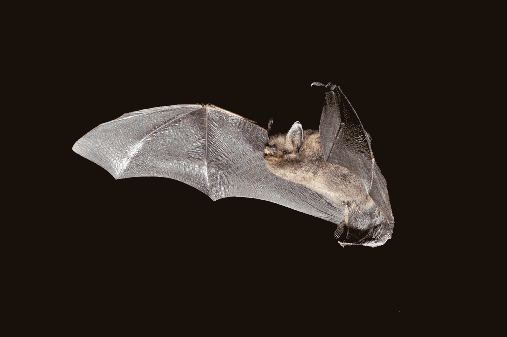
Found in parts of Europe and Asia, the Brandt’s bat lives to over the age of 40. Researchers have found that the bat has mutations in its receptors for growth hormones, which are also thought to play a role in human populations that live for a long time without disease.
Thick-billed murre
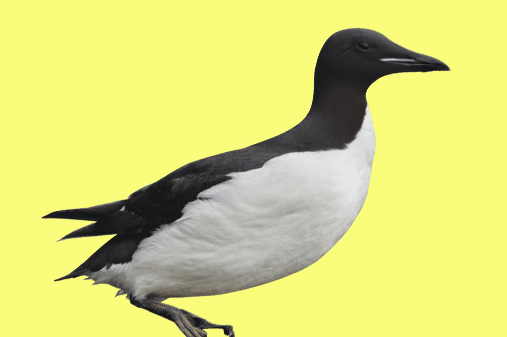
This bird lives to around 40 years or older, and though it does age, it never loses its ability to dive. Some researchers believe studying how the bird keeps up its strength and agility could provide some insight into the link between aging and the breaking down of the human body.
Parrot
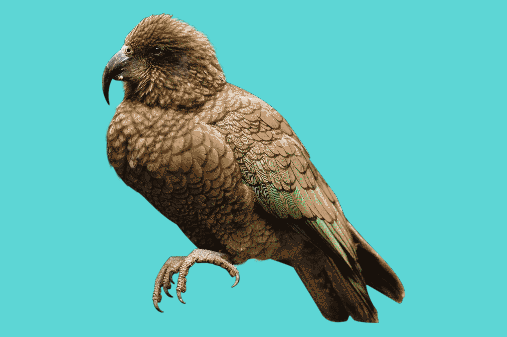
These birds can live well past their 70th birthday. The kakapo, found in New Zealand, is thought to be the longest-lived species of bird and can survive to about 90. Their secret may lie in the fact that they do everything a bit more slowly. According to Kakapo Recovery, males don’t start breeding until around age 4 and females around age 6, a reproductive pace easier on one and all.
Jellyfish

The immortal jellyfish—also known as Turritopsis dohrnii—is the Benjamin Button of the sea. Instead of dying, the jellyfish gets younger and younger until it starts its life over once again. Its secret could be its ability to change one cell into another type of cell, something human stem cells are also capable of.
Elephant
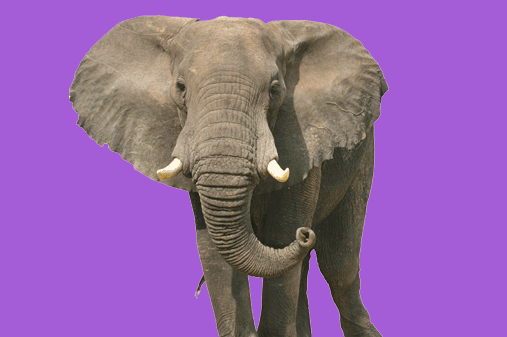
Logic suggests elephants, given their large size and long life span, should get a lot of cancer, since the more cells you have dividing for a greater amount of time, the more opportunities there are for things to go awry. But they don’t. Instead, elephants live 60 to 70 years, generally cancer-free, thanks to multiple copies of a gene that helps destroy mutated cells before they cause disease.
Giant tortoise
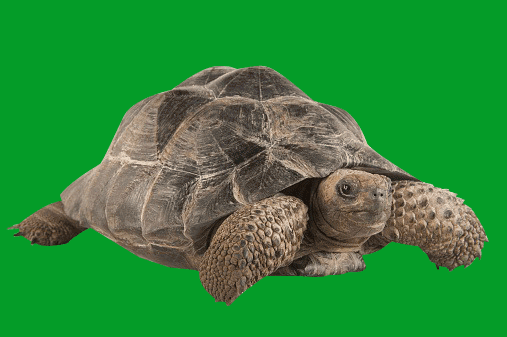
If you don’t mind the pace, it’s not bad to be a giant tortoise. Its life span is often more than 100 years. Scientists credit a slow metabolism and a heart that beats at less than half the speed than that of humans.
Bowhead whale

Like elephants, whales hardly ever get cancer. The bowhead, thought to be the longest-living mammal, is estimated to live beyond 200 years. Researchers sequenced the genome of a bowhead whale in 2015 and identified genes related to DNA repair, cancer and aging that could be responsible for the animal’s long life.
Red sea urchin

Various species of these spindly creatures, including the red urchin, are known to live 100 years or longer without any biological signs of aging. Scientists believe the key may be the urchins’ ability to regenerate their tissues. Their telomeres, a part of cells that determine how you age, don’t appear to shorten as they get older, as the ones in humans do.
More Must-Reads From TIME
- The 100 Most Influential People of 2024
- The Revolution of Yulia Navalnaya
- 6 Compliments That Land Every Time
- What's the Deal With the Bitcoin Halving?
- If You're Dating Right Now , You're Brave: Column
- The AI That Could Heal a Divided Internet
- Fallout Is a Brilliant Model for the Future of Video Game Adaptations
- Want Weekly Recs on What to Watch, Read, and More? Sign Up for Worth Your Time
Contact us at letters@time.com